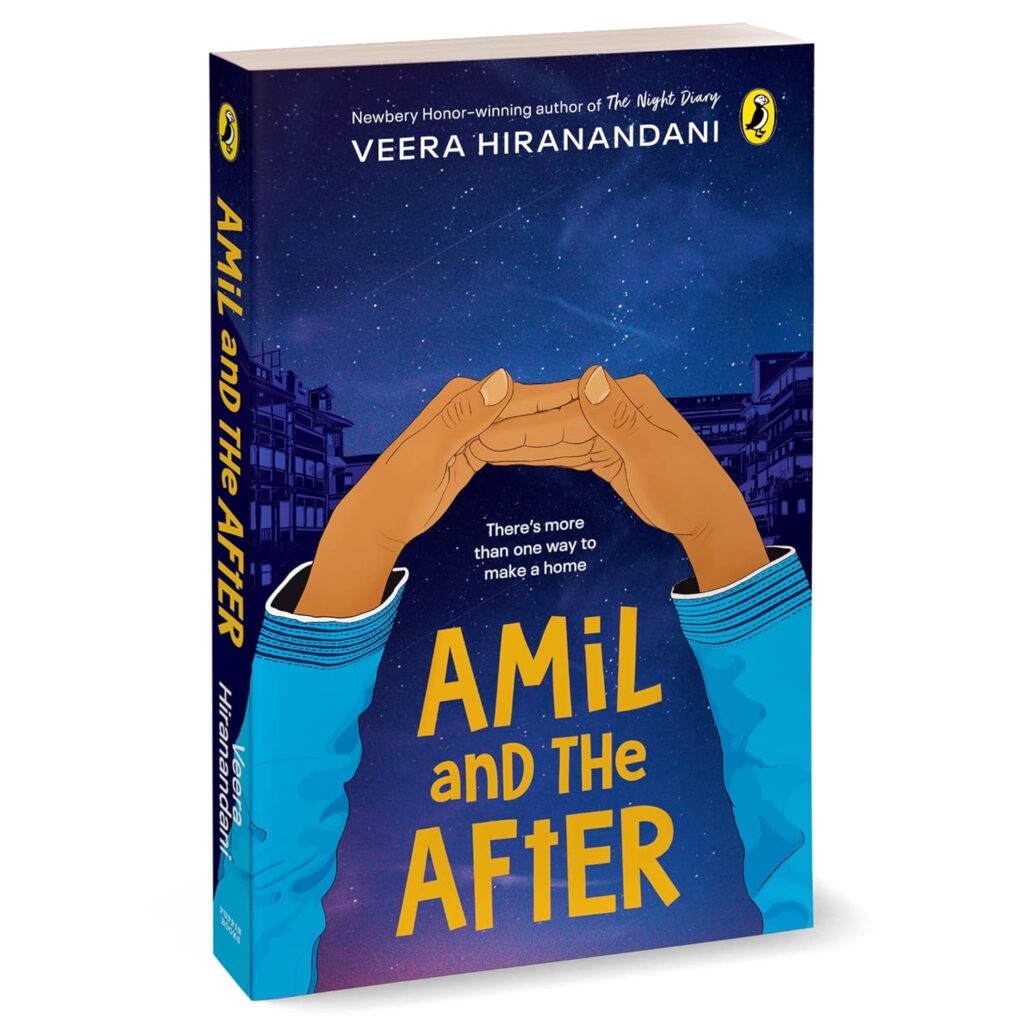Five years ago, I read The Night Diary. It’s a story that brings alive the bewilderment of children forced to move out of their homes during the Partition. But just like the “happily ever after” at the end of fairytales glosses over the beginning of a new, complicated phase of life, safely reaching a new home after the Partition cannot be the end of a story.

And with Amil and the After, we see that it isn’t. The struggles and questions Nisha and Amil face don’t end with the end of their journey across an arbitrary border. Now, through Amil’s eyes, we follow another kind of journey. A journey that involves settling in, finding friends, and building a new home.
The emotions of the two adolescents in the story come alive to us. Most importantly, we understand their guilt. What right do they have to be safe when so many others didn’t make it? How is it fair that they have a roof above their heads when refugees in camps continue to struggle?
And out of guilt is born action. They must do something, help someone, ease someone else’s path.
Amil and the After is a touching story, but in several places, I felt like I was at a distance from the narrative. Like The Night Diary, parts of it are slow, but we keep reading because we’re invested in the characters. Most importantly, the conflicting emotions the characters experience resonate with the reader. While it is not a book that made me tear up, it is a powerful story of two children making sense of a difficult time in history.
| Title | Amil and the After |
| Author | Veera Hiranandani |
| Tags | Realistic Fiction, Historical Fiction, Middle Grade |
| Rating (out of 5) | 4 |
| Ages | 10+ |

Leave a Reply